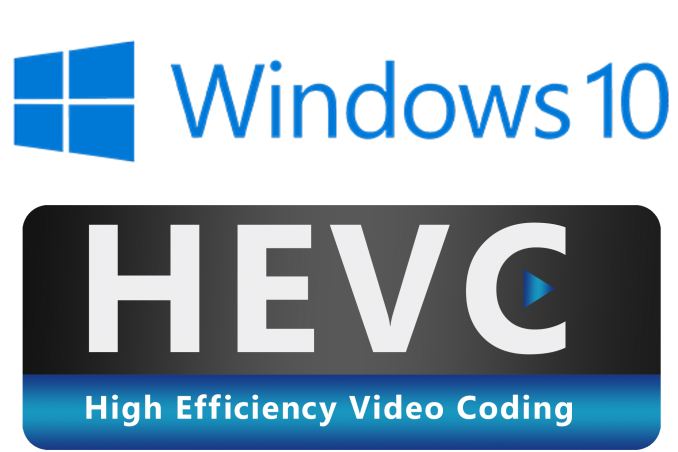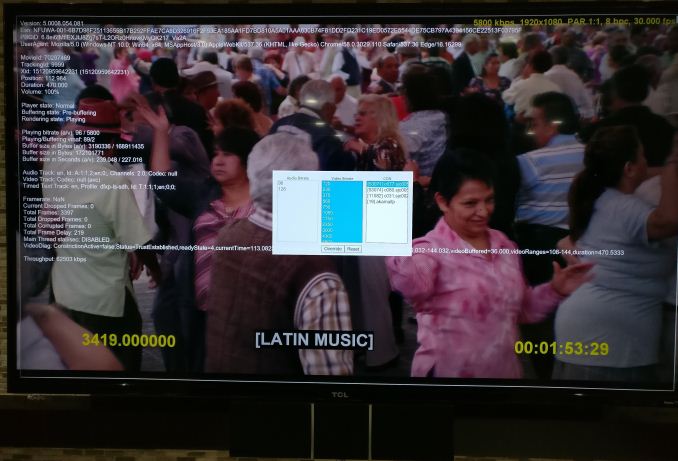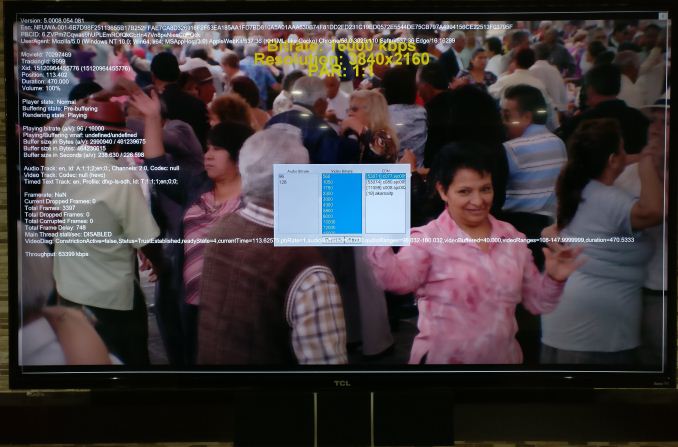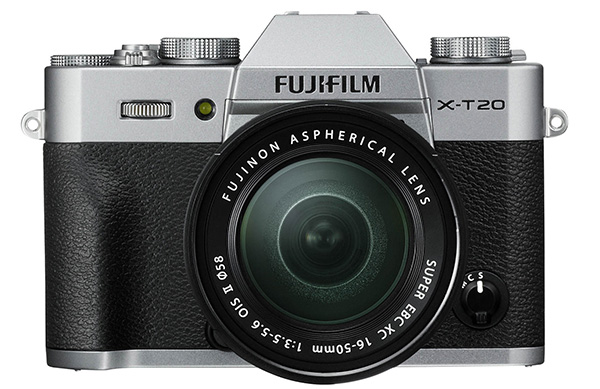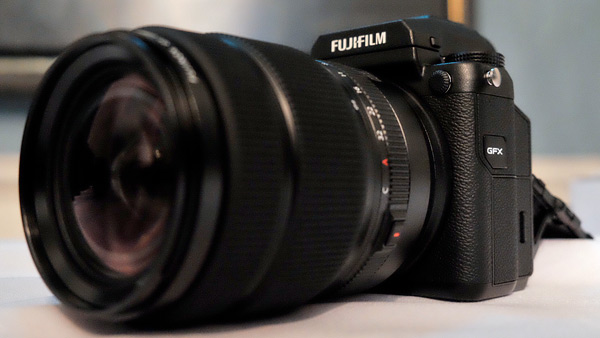Author: Le news di Hardware Upgrade
Nuovo aggiornamento driver per le schede video AMD della famiglia Radeon: la release Radeon Software Crimson ReLive Edition 17.11.4introduce supporto alla Dash Open Beta di Oculus, oltre a Doom VFR. Non manca la correzione di alcuni errori di funzionamento in specifiche condizioni d’uso, in particolare con riferimento alle schede della famiglia Radeon Rx Vega.

Il download dei nuovi driver è disponibile a questo indirizzo; di seguito le principali note fornite a corredo.
Radeon Software Crimson ReLive Edition 17.11.4 Highlights
Support For
- Oculus™ Dash Open Beta
- DOOM® VFR
Fixed Issues
- Adjusting HBCC segment size on Radeon RX Vega series graphics products may cause system instability on certain configurations.
- A system hang may be experienced when switching display modes in Star Wars™ Battlefront™ II on certain Radeon graphics products in a Crossfire configuration.
- Incorrect power and clock values may be reported on some Radeon RX Vega series graphics products.
Known Issues
- Some desktop productivity apps may experience latency when dragging or moving windows.
- Tom Clancy’s Rainbow Six® Siege may experience an application hang when breaching walls with grenades or explosives.
- Rise of the Tomb Raider™ may experience an intermittent application hang during gameplay.
- A random system hang may be experienced after extended periods of use on system configurations using 12 GPU’s for compute workloads.
- The GPU Workload feature may cause a system hang when switching to Compute while AMD CrossFire is enabled. A workaround is to disable AMD CrossFire before switching the toggle to Compute workloads.
- Resizing the Radeon Settings window may cause the user interface to stutter or exhibit corruption temporarily.
- Unstable Radeon WattMan profiles may not be restored to default after a system hang.
- OverWatch™ may experience a random or intermittent hang on some system configurations. Disabling Radeon ReLive as a temporary workaround may resolve the issue.
- Radeon RX Vega series graphics products may intermittently experience stability issues while enabling/disabling HBCC.


